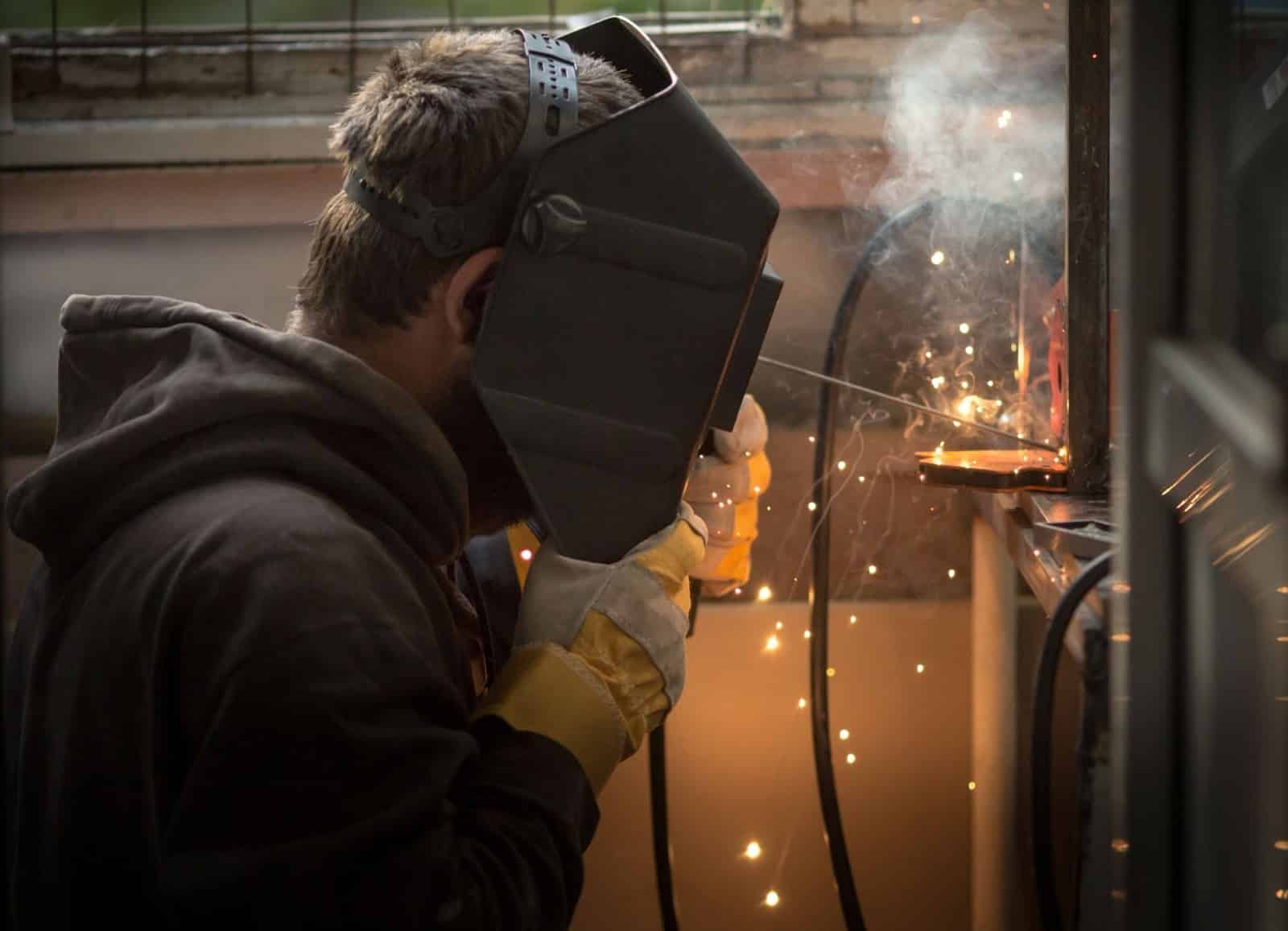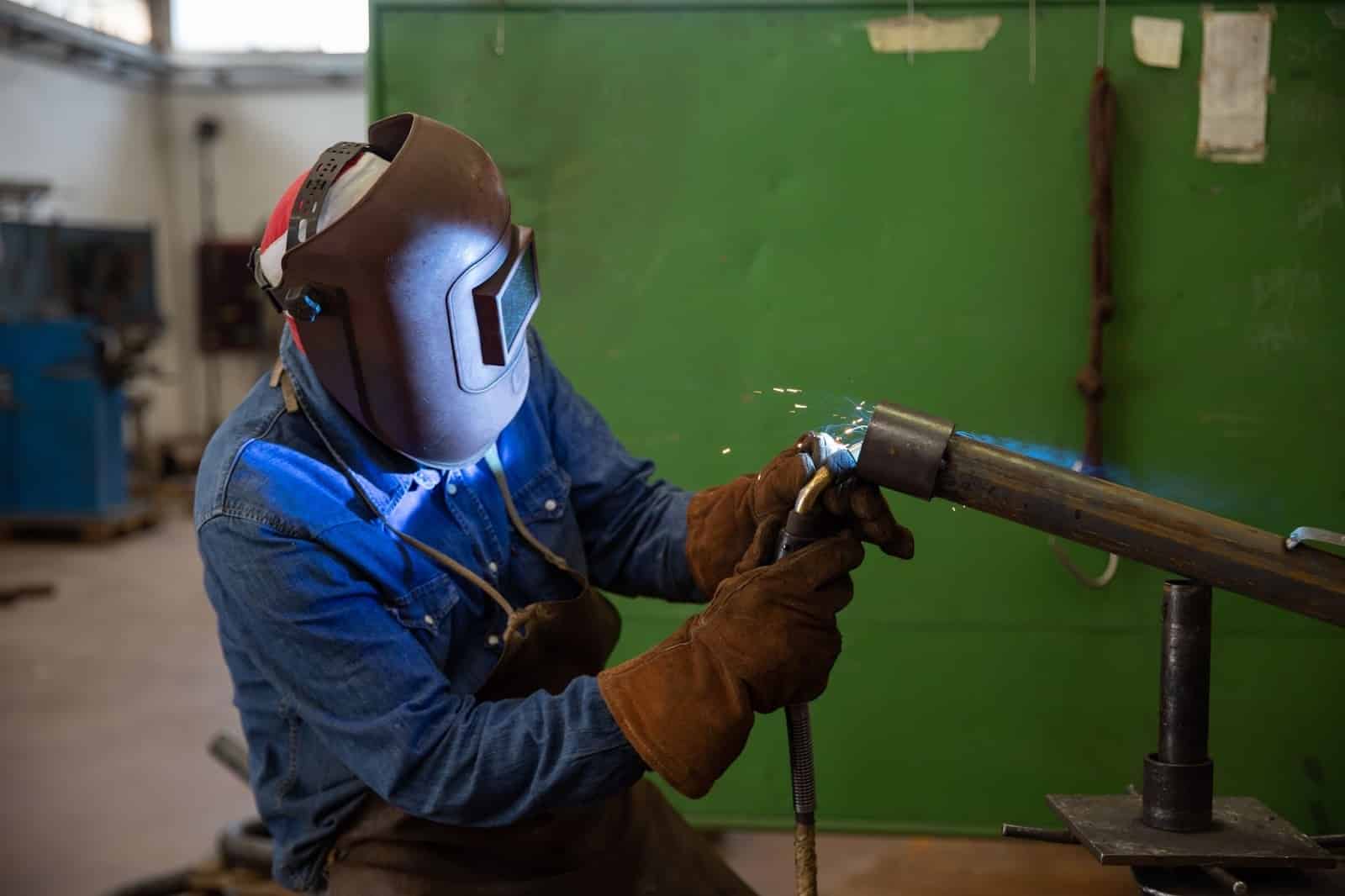If you’ve ever stepped into a welding workshop or visited a welding supply company, you’ve probably heard the term GMAW being tossed around. It’s one of the most widely used methods offered by any welding equipment supplier. But what exactly does it mean?
GMAW stands for Gas Metal Arc Welding, a process that uses a continuous wire electrode and shielding gas to create a clean, strong weld. It’s known for its speed, versatility, and ability to produce high-quality results on a wide range of metals.
In this complete guide, we’ll dive deep into what GMAW is, how it works, the basics of gas metal arc welding, and why it’s a favorite among welders in automotive, construction, and manufacturing industries.
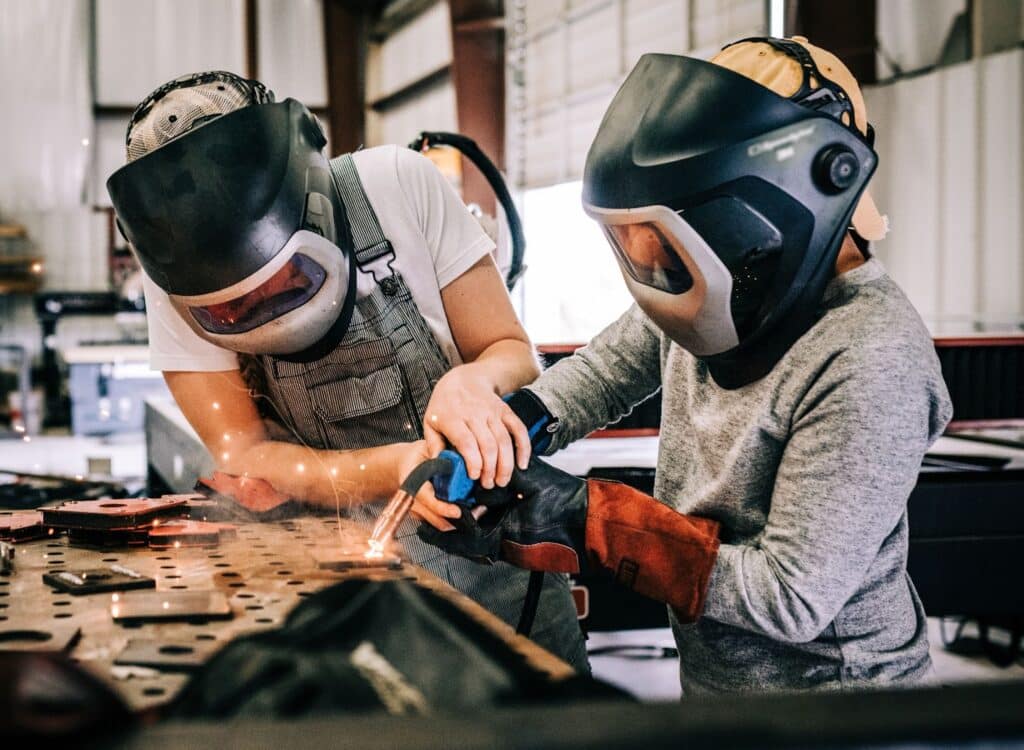
What Does GMAW Stand For?
GMAW = Gas Metal Arc Welding
It’s a welding process where an electric arc forms between a continuous solid wire electrode and the workpiece, melting both to form a joint. The molten weld pool is protected from atmospheric contamination by a shielding gas, which gives the process its name.
In simple terms:
- “Gas” refers to the shielding gas (like argon or CO₂).
- “Metal” refers to the wire electrode used.
- “Arc” refers to the electric arc created.
- “Welding” refers to the process of joining metals.
It’s also commonly known as MIG welding (Metal Inert Gas welding), although technically, MIG refers only to inert gases, while GMAW can use both inert and active gases (like CO₂).
Understanding the GMAW Welding Process
The GMAW welding process utilises a constant-voltage power source that maintains a stable arc between the wire and the metal being welded. The wire is automatically fed through a welding gun, and as it melts, it fills the joint, forming the weld bead.
Here’s how it works step-by-step:
- Wire Feeding – A continuous wire electrode is fed from a spool through the welding gun.
- Arc Formation – When the wire touches the workpiece, an electrical circuit is completed, creating an arc.
- Melting and Fusion – The arc’s heat melts the base metal and the wire electrode, forming a molten pool.
- Shielding Gas Flow – Shielding gas flows through the nozzle, protecting the weld pool from contaminants like oxygen and nitrogen.
- Solidification – As the molten metal cools, it solidifies into a strong weld joint.
The result is a smooth, clean, and reliable weld that requires minor post-weld cleanup.
The Basics of Gas Metal Arc Welding
Understanding the basics of gas metal arc welding helps you appreciate why it’s such a versatile process. Let’s break it down by its essential components:
1. Power Source
GMAW uses a constant voltage (CV) power source. This ensures that even if the distance between the wire and the workpiece (the arc length) changes, the current adjusts automatically to maintain a stable arc.
2. Electrode (mig welding wire)
The electrode is a continuous solid wire, usually copper-coated to enhance conductivity and feeding. Common wire types include:
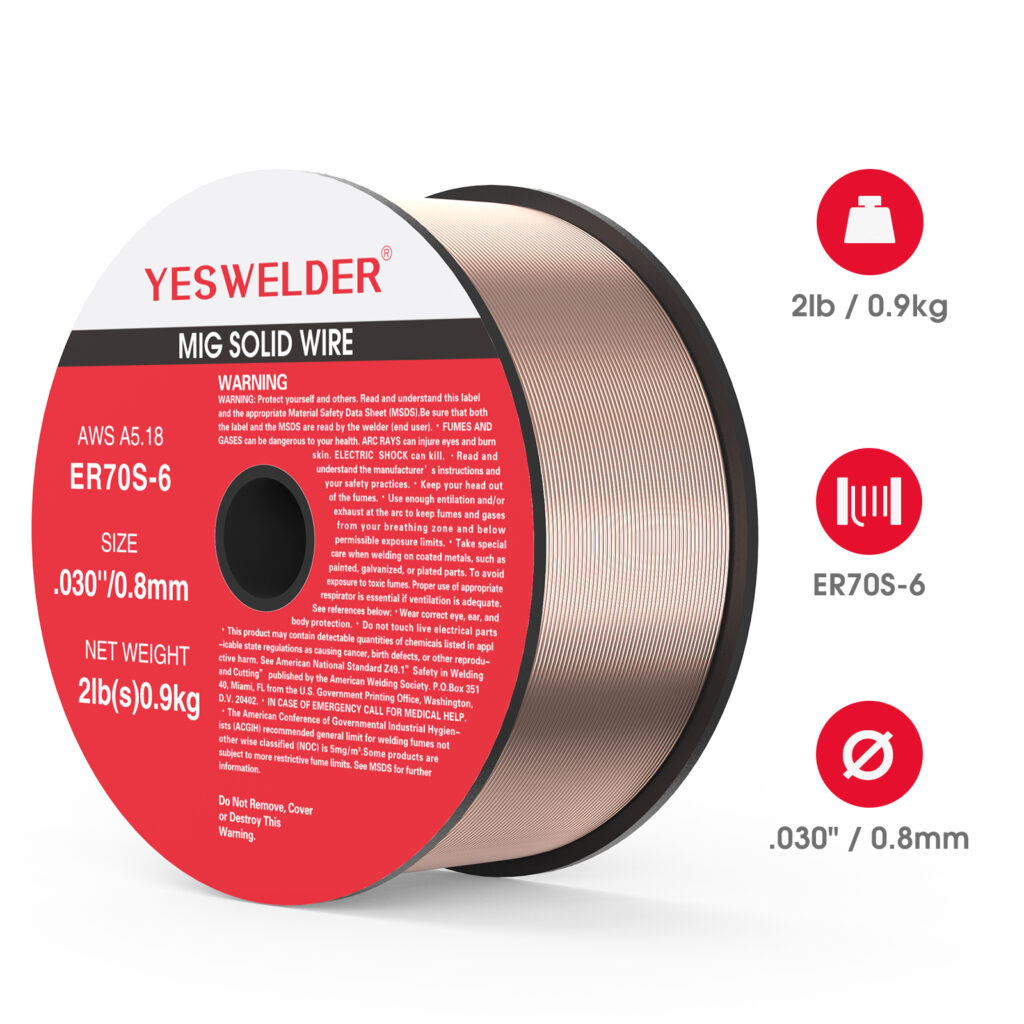
3. Shielding Gas
The shielding gas protects the molten weld pool from the atmosphere. Different gases affect the weld characteristics:
- Argon (Ar): Produces smooth, stable arcs; ideal for aluminum and stainless steel.
- Carbon Dioxide (CO₂): Deep penetration; suitable for thick steels.
- Argon-CO₂ mix (75/25): Best for general-purpose MIG/GMAW welding.
4. Welding Gun
The welding gun delivers the wire, gas, and current to the weld area. It also includes a trigger to control wire feeding and gas flow.
5. Work Clamp
The work clamp completes the electrical circuit, ensuring current flows between the welder, wire, and workpiece.
Whether you purchase from a local welding equipment supplier or through MIG welder wholesale options online, choosing quality machines ensures smoother wire feeding, better gas control, and longer-lasting results.
Types of Metal Transfer in GMAW
There are four main modes of metal transfer in GMAW. Each type affects weld penetration, spatter, and appearance.
1. Short-Circuit Transfer
- Occurs when the wire touches the workpiece and melts rapidly.
- Produces small droplets and minimal heat.
- Ideal for thin materials and out-of-position welding.
2. Globular Transfer
- Droplets larger than the wire diameter form and fall irregularly into the weld pool.
- Creates more spatter.
- Common when using CO₂ as shielding gas.
3. Spray Transfer
- Fine droplets transfer across the arc in a continuous stream.
- Produces smooth, high-quality welds with deep penetration.
- Requires higher voltage and argon-rich gas mixtures.
4. Pulsed Spray Transfer
- Alternates between high and low current.
- Controls heat input while maintaining good penetration.
- Best for thin metals or precision work.

Advantages of GMAW
GMAW is one of the most popular welding processes because of its numerous advantages:
1. High Productivity
The continuous wire feed and faster travel speeds make GMAW much more efficient than stick welding.
2. Clean Welds
The shielding gas minimizes spatter and oxidation, resulting in neat, clean weld beads that often require no post-weld grinding.
3. Easy to Learn
GMAW is beginner-friendly. Unlike TIG, which requires manual filler control, MIG/GMAW uses an automatic wire feed system.
4. Versatile
Can be used on a wide range of materials, steel, stainless steel, aluminum, and even some copper alloys.
5. Minimal Waste
Since the electrode wire feeds continuously, there’s no leftover stub like in stick welding.
Disadvantages of GMAW
While it’s efficient and clean, GMAW isn’t perfect for every situation:
1. Limited Outdoor Use
The shielding gas can be blown away by wind, making it less effective for outdoor projects.
2. Equipment Cost
GMAW machines and accessories are more expensive than basic stick welding setups.
3. Less Suitable for Dirty Metals
Contaminated, oily, or rusty metals can cause porosity or poor fusion.
4. Requires Power Source
Because GMAW depends on electricity and gas cylinders, it’s less portable than stick or flux-core welding.
Applications of GMAW
GMAW’s adaptability makes it a go-to welding process across multiple industries:
- Automotive: Used for car frames, body panels, and exhaust systems.
- Shipbuilding: Ideal for joining steel and aluminum components.
- Construction: Perfect for structural steel and pipelines.
- Manufacturing: Used for machinery, tools, and equipment assembly.
- Aerospace: Employed in lightweight aluminum component welding.
From home garages to heavy industrial workshops, GMAW is everywhere.
Safety Precautions in GMAW Welding
Safety is critical when working with electricity, heat, and gases. Always follow these guidelines:
- Wear Proper PPE: Auto-darkening helmet, welding gloves, jacket, and boots.
- Ensure Ventilation: Gases like CO₂ can displace oxygen, use fans or fume extractors.
- Handle Gas Cylinders Safely: Secure them upright and avoid exposure to direct sunlight.
- Check Electrical Connections: Loose cables can cause voltage drops or short circuits.
- Clean the Work Area: Avoid flammable materials nearby.
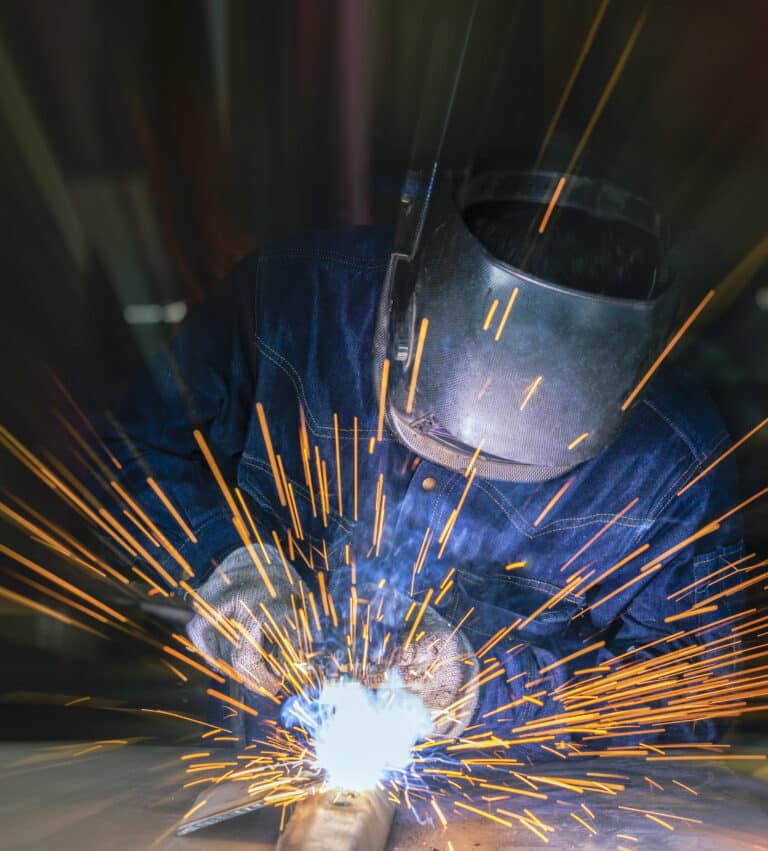
Tips for Better GMAW Welding Results
- Keep a short stick-out (3/8–1/2 inch) for stable arcs.
- Maintain a 15° torch angle for good gas coverage.
- Use the correct wire feed speed — too fast causes spatter, too slow causes burn-back.
- Clean the metal surface before welding.
- Adjust gas flow rate to around 20–25 CFH for optimal shielding.
Final Thoughts
So, what does GMAW stand for? It’s Gas Metal Arc Welding — a process that has reshaped modern fabrication. Whether you’re a hobbyist buying a Yeswelder MIG welder or a professional sourcing from a welding machine supplier, mastering GMAW means achieving cleaner, stronger, and more efficient welds.
If you’re looking to expand your shop, partnering with a trusted welding supply company or MIG welding supplier will ensure you get the right tools and support to take your projects to the next level.
Related Articles
GTAW Welding Equipment: The Complete Guide to Tools and Setup
